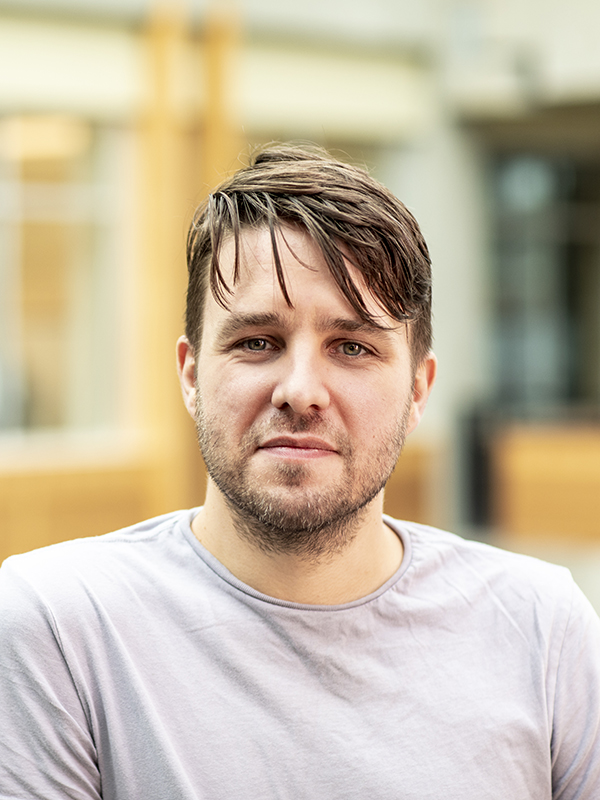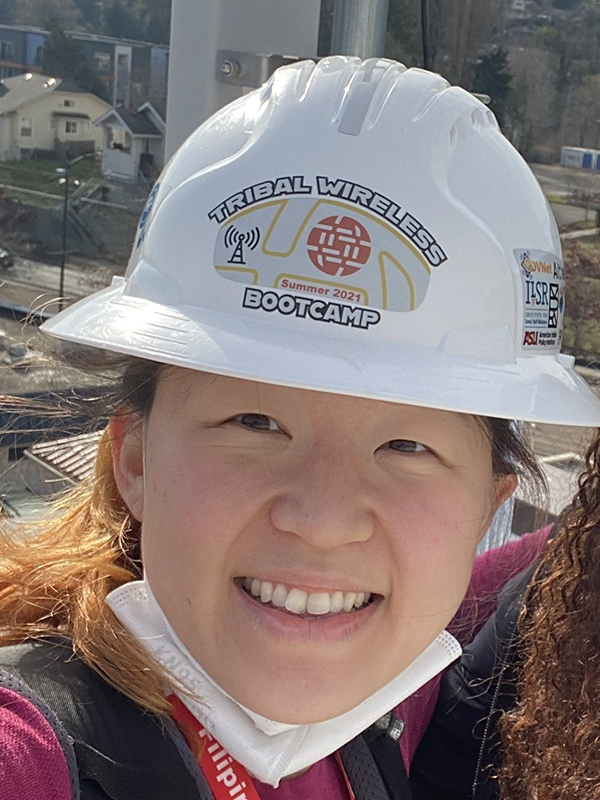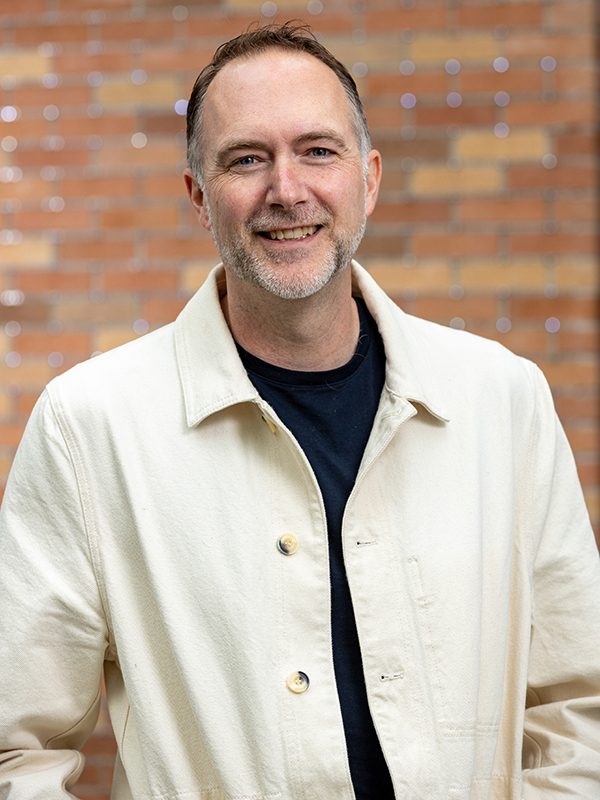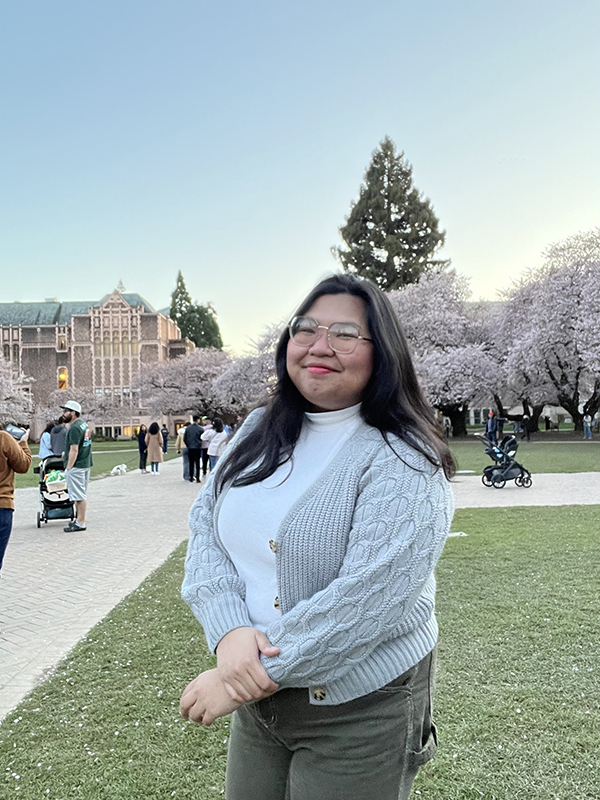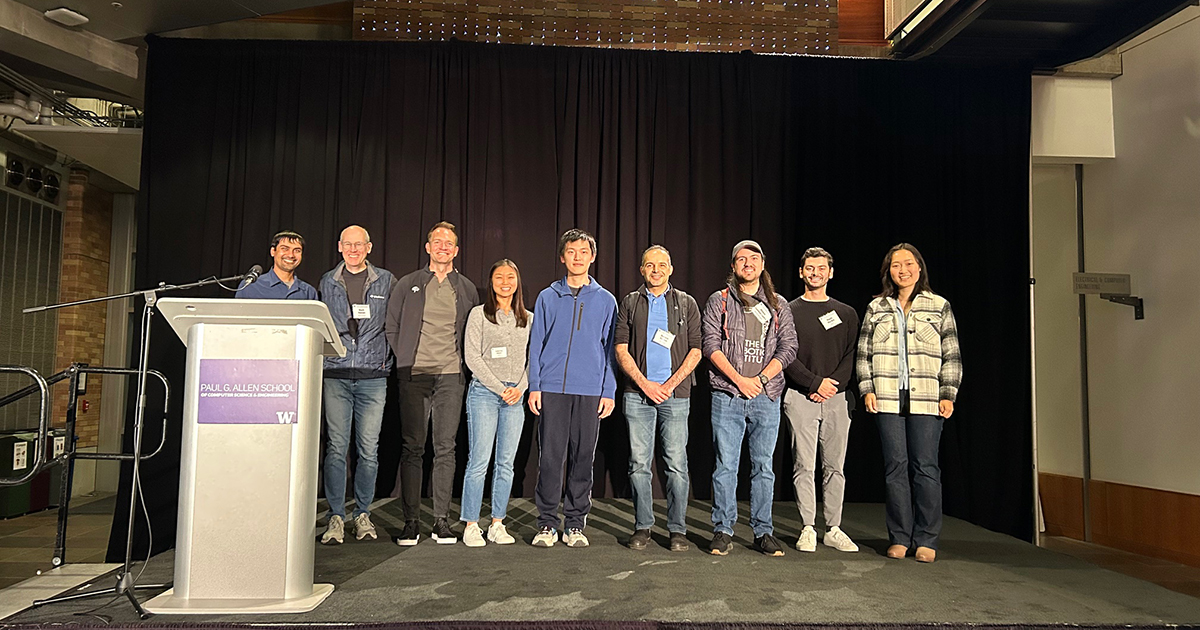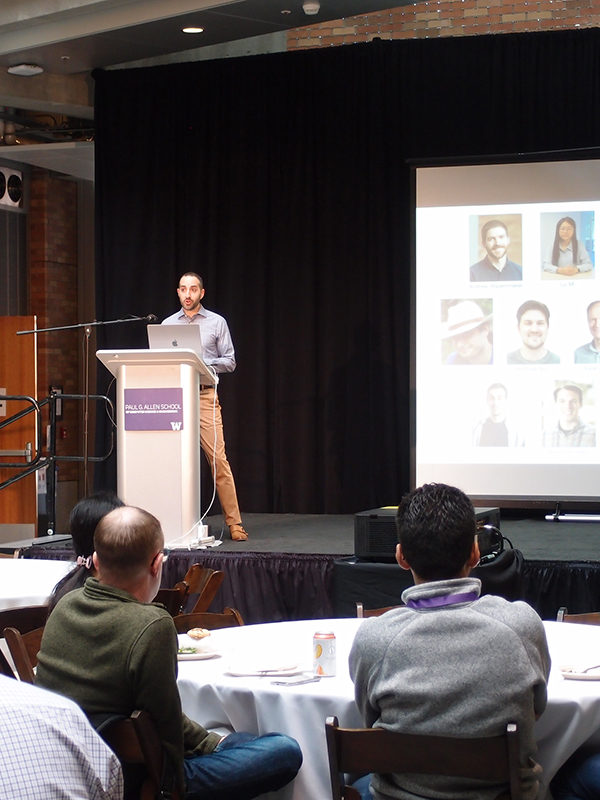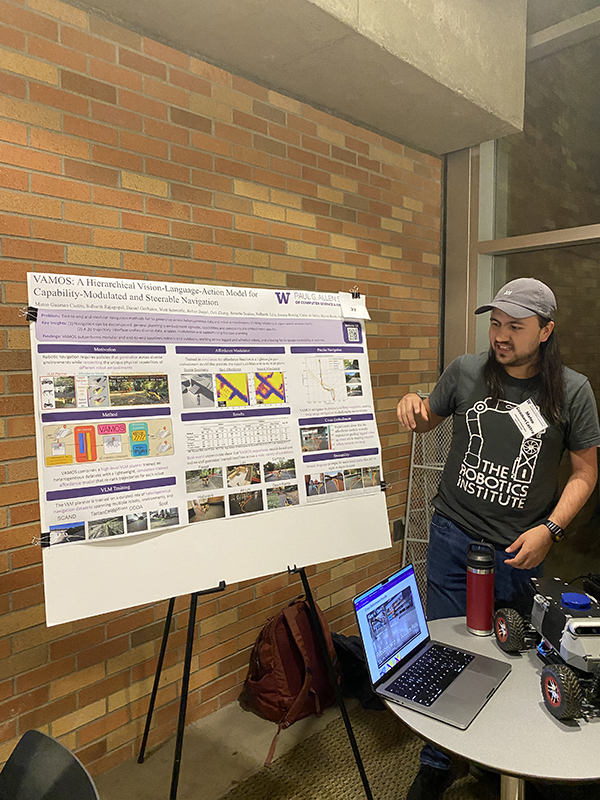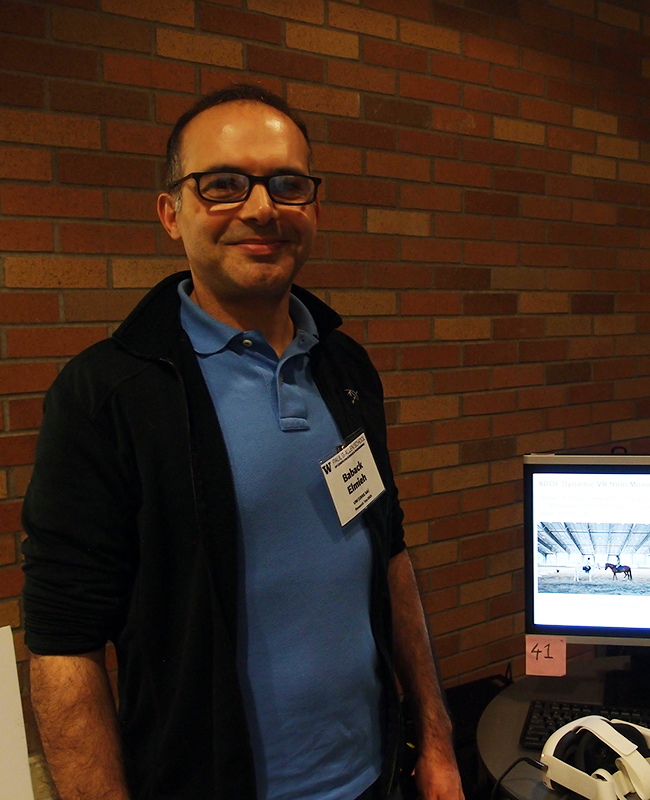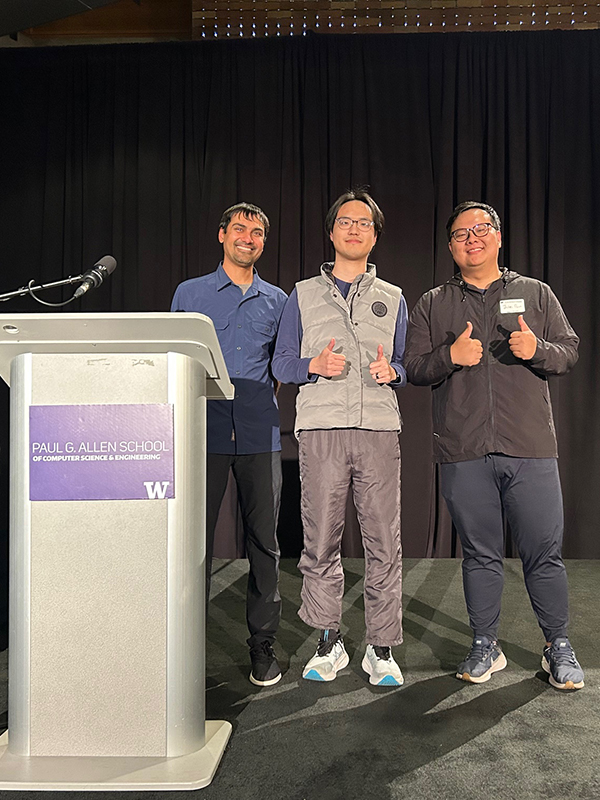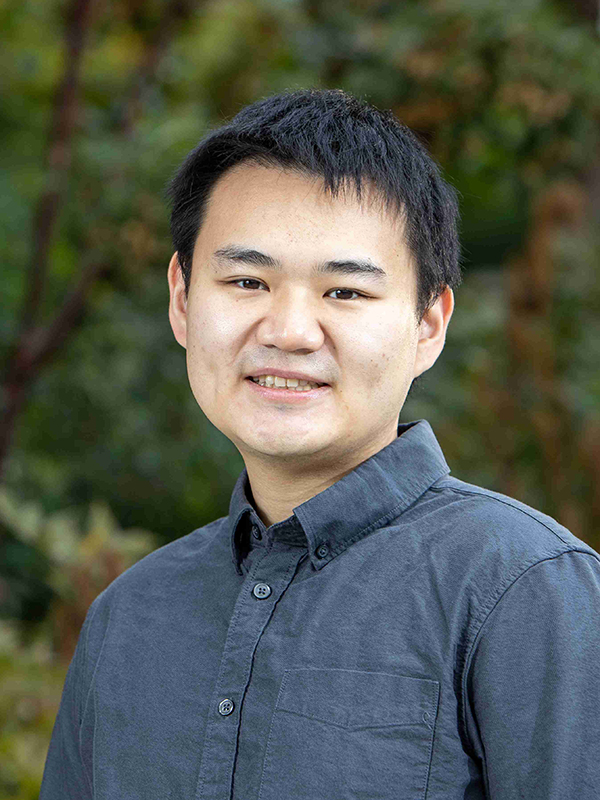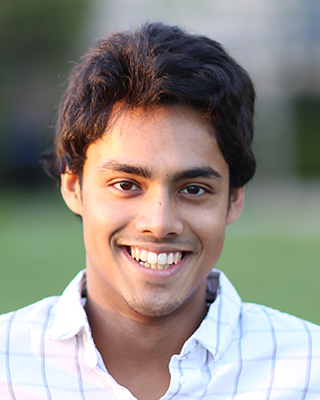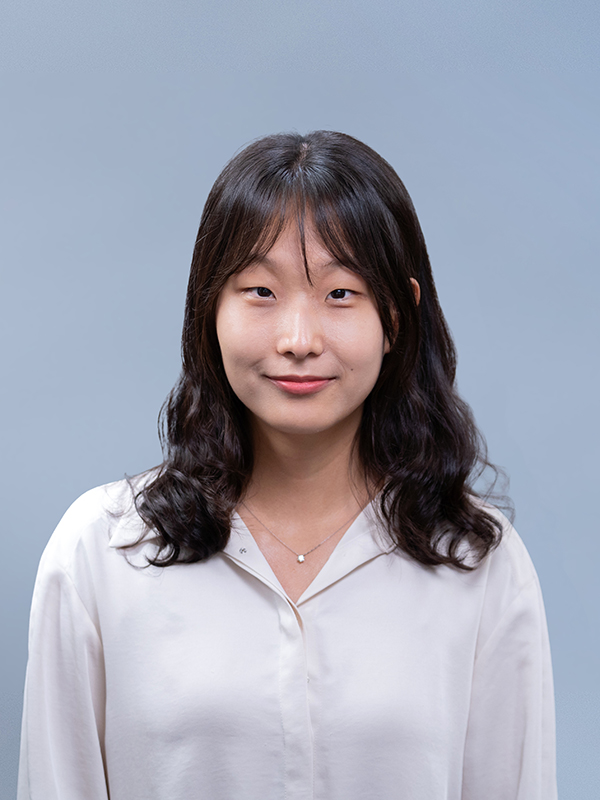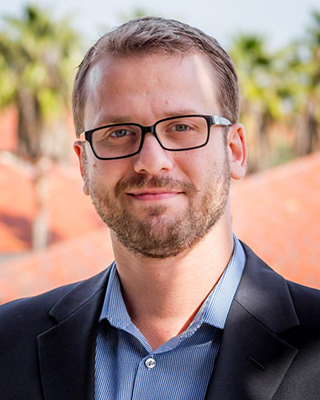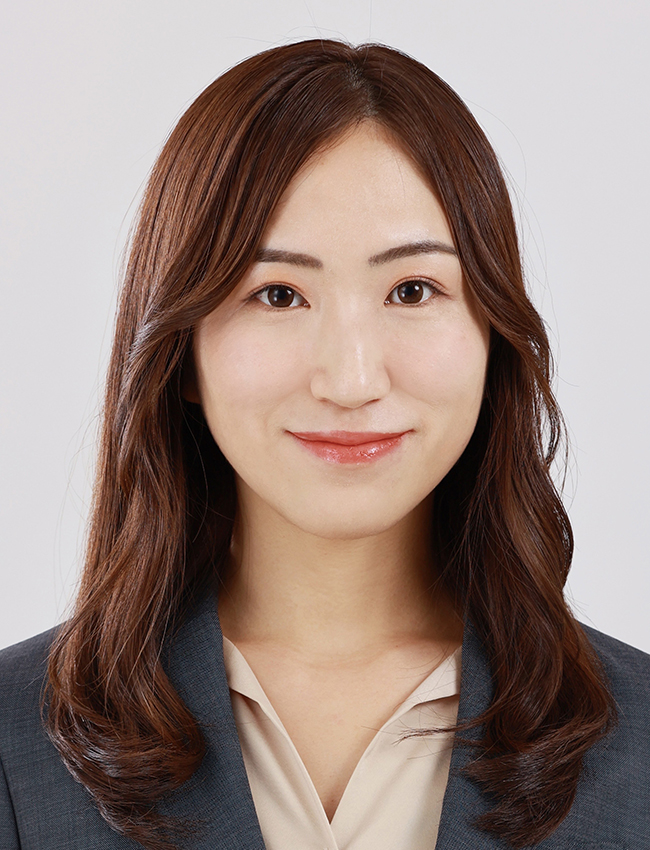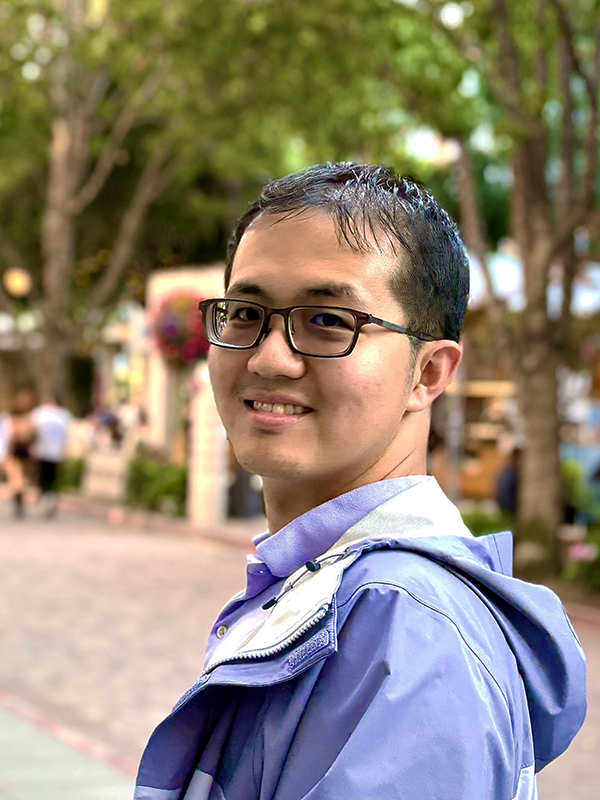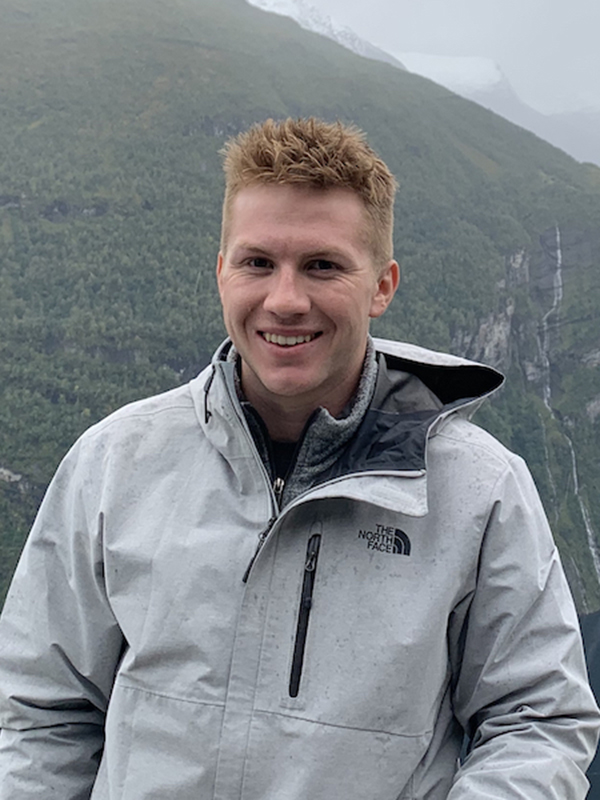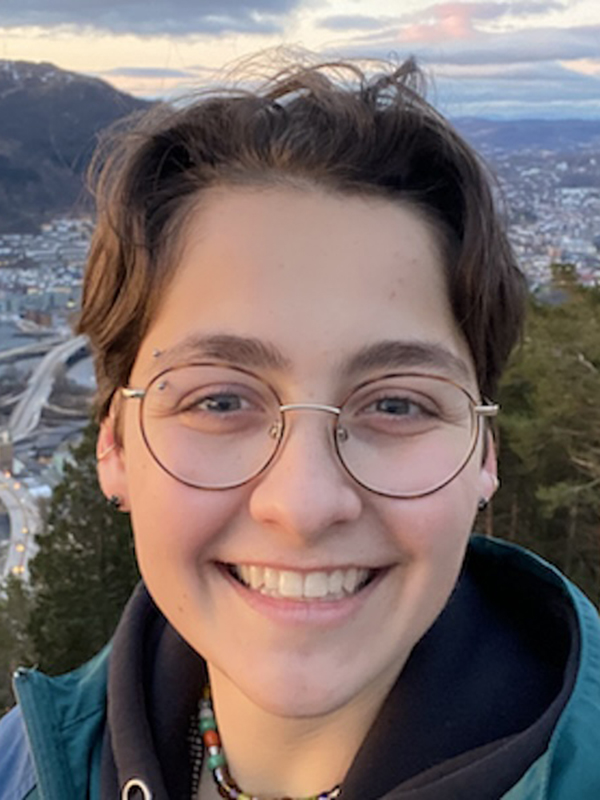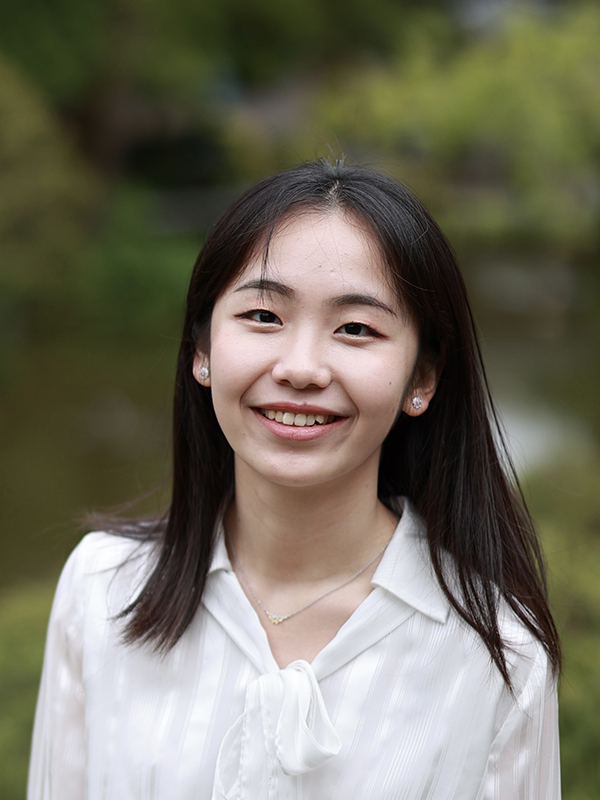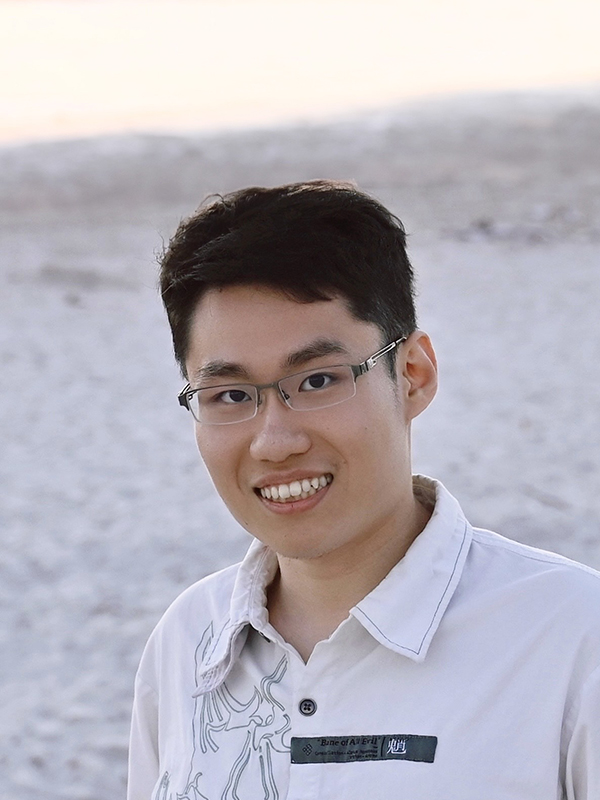Modern Internet of Things (IoT) technologies such as smart home devices, sensors and security cameras have transformed how we interact with our physical environments. As University of Washington researchers discovered, they also have the potential to help residents living in tiny house villages, a type of emergency shelter for those experiencing homelessness.
Through a series of visits and participatory design workshops with residents of two tiny house villages in Seattle, Washington, a team led by Allen School professor Kurtis Heimerl (B.S., ‘07) found ways for residents to leverage and augment their living spaces with smart technologies. The researchers also identified challenges such as land ownership and privacy concerns that residents need to balance with sensor design and deployment. Their paper “Participatory Design in Precarity: ‘Smart’ Technologies for Tiny House Villages” received an honorable mention at the 28th ACM SIGCHI Conference on Computer-Supported Cooperative Work & Social Computing (CSCW) in October.
To learn more about the team’s findings, we spoke with Heimerl and Allen School postdoc Esther Han Beol Jang (Ph.D., ‘24), first author on the CSCW paper.
What are tiny house villages?
KH: Tiny house villages are a Pacific Northwest transitional housing solution. The idea is basically a spot for unhoused people to get their own space. There’s two organizations that run them — the Low Income Housing Institute, which partners with the city, and the Nickelsvilles, which are independent and cooperatively run tiny home villages and the ones used in this study.
EJ: These are communal living arrangements, so they have shared kitchens and bathrooms, and the Nickelsvilles have a self-organized structure where the residents actually run the day-to-day operations.
What are some of the problems in tiny house villages that IoT technologies can help address?
KH: One of the themes that came out was infrastructure management — this is stuff like water and power. These infrastructures are often ad hoc and precarious. For instance, the Central District tiny house village has its water coming from a hose on the neighbor’s house, and this is water for approximately 20 people, including showers and washing machines. One of the big results of the paper was that there was a need to engage with helping them monitor and evaluate failures across these ad hoc infrastructures in the village.
EJ: In the paper, we come up with design principles for technologies that are well-suited for outdoor encampments. All of these sensors that we want to put on — like the water supply, for example, to see whether there is a clean water supply, whether the water is flowing or if their water has been cut off — need to be easy to put on and easy to remove as well as portable.
What challenges did the team run into with implementing these technologies?
KH: Cost is a big factor. We identified some water quality sensors that could do the job asked of them that were thousands of dollars and clearly unsustainable for the space that’s run as tightly as Nickelsville.
EJ: One of the things about the way current IoT technologies are designed is there is an owner, and that owner has an online account for configuring the device or registering it, or doing some kind of integration with it, usually in the cloud. There is a churn of users in these transitional housing, but you need to have organizational continuity for the ownership of the sensors, and that can be really tricky with existing technologies.
The other thing that goes on with the cloud connectivity of all of these devices is that a lot of them report data back to the manufacturer, or have data that’s stored in the cloud — that is something that the villagers didn’t want. It would be best to have IoT technologies that report to an internal platform or a locally hosted platform, but a lot of technologies are not set up to do that.
What do you hope others take away from this research?
KH: Our experience is that these tiny house villages are a successful solution in the homelessness space, and something that should be encouraged. The barriers we saw are the barriers that they experience even outside of IoT and technology spaces, and that makes it really difficult, so it’s really amazing to see their success despite that difficulty.
Lastly, this is a really interesting research environment. It’s underresearched. These are populations that are assumed to have very little digital abilities, very little resources and despite those limitations there’s a lot of capacity and interest and value in doing technology work with them.
EJ: Homelessness is a problem that crosses a lot of boundaries, and a lot of people end up homeless who you would never expect. Those people may pass through after just a short time, or they may be there for years, and so you do get people who are technologically savvy in these villages. It’s a huge missed opportunity if we don’t engage with those people, and help them get out of their situation.
Additional authors include Jennifer Webster, research project manager at the Allen School, Ph.D. student Kunsang Choden and professor Jason Young at the UW Information School, Emma Jean Slager, a professor in the UW Tacoma School of Urban Studies, and Christopher Webb, a faculty member at Seattle Central College.
Read the full paper about smart technologies for tiny house villages here. Read more →



